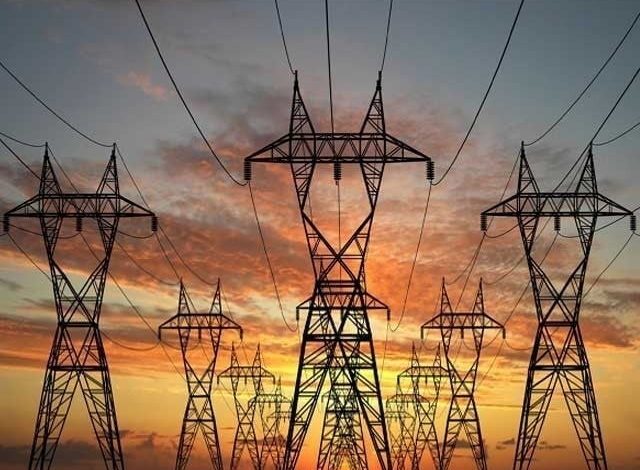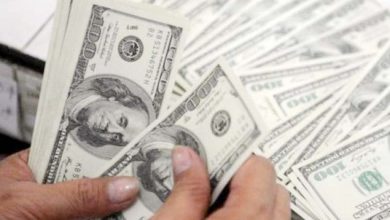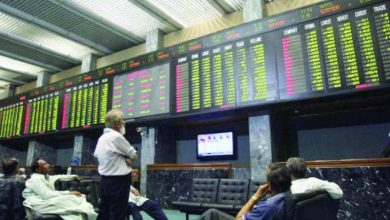Why is electricity so expensive in Pakistan?

Energy Minister Awais Leghari revealed during a meeting of the Senate Standing Committee on Energy, chaired by Mohsin Aziz, that a unit of electricity from an Independent Power Producer (IPP) that cost Rs. 3 in 2016 is now priced at Rs. 285.
That reflects a 9600% increase in eight years.
The meeting addressed the growing concerns about IPP agreements, with Minister Leghari stating that the government will no longer purchase electricity directly, and instead, consumers will buy it directly from producers.
Read Senate panel orders forensic audit of IPPs
The chairman of the committee highlighted ongoing protests against IPPs and called for a forensic audit of these agreements, questioning who is responsible for capacity charges and why plants are operating below 70-80% capacity.
He emphasised the priority of providing relief to the public and pointed out discrepancies in the terms compared to regional agreements when these IPPs were established.
Leghari promised to provide detailed information in the next committee meeting, asserting, “We’ve all been in government at different times, and we have the information. There’s no need to hide anything.” The meeting concluded with an in-camera briefing of 10 to 15 minutes.
Senator Shibli Faraz expressed concerns about potential fraud by IPPs and criticised the Ministry of Energy for contributing to the country’s economic issues, remarking, “We produce the most expensive electricity in the region.”
Read more IPP agreements to be challenged in Supreme Court
The Energy Secretary reported that while the current capacity allows for the production of 236 billion units of electricity annually, only 132 billion units are produced due to low demand.
The installed capacity stands at 42,000 megawatts, but retirements have reduced this to 39,600 megawatts. He clarified that payments to IPPs are not based on installed capacity but on conditions, and five plants are slated for closure.
The Secretary also noted that 86% of consumers use less than 200 units, with a bill of Rs. 19,000 for those using 350 units. He explained that KE’s electricity production is costly, and the government provides a subsidy of Rs. 170 billion to standardise its tariffs.
He warned that electricity prices are expected to rise from 2025 to 2027 as the government reviews upcoming power projects over the next decade.
The Energy Minister disclosed plans to sell Nandipur and Guddu power plants, admitting a lack of complete data and reiterating that the government will not purchase electricity in the future, allowing consumers to buy directly.
He pointed out that the Sahiwal Power Plant’s unit cost, which was Rs. 3 in 2016, has risen to Rs. 285, largely due to capacity charges for keeping the plant operational 24/7.




